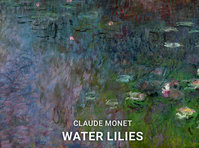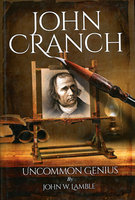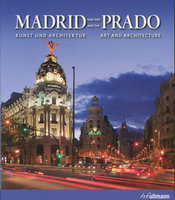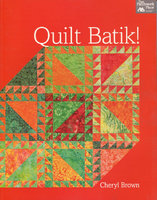New, Quality Gift Books - 50-90% off - over 2500 titles
Your basket is empty.
Categories Last Chance to buy! MANET PAINTS MONET: A Summer In Argenteuil
MANET PAINTS MONET: A Summer In Argenteuil
Book number: 92679
Product format: Hardback
In stock
Bibliophile price
£6.00
Published price
£14.99
Customers who bought this product also bought
|
|
JOHN CRANCH: Uncommon Genius
Book number: 93229
Product format: Hardback
Bibliophile price
£2.50
Published price
£20
|
FIGHTING CHURCHILL, APPEASING HITLER:
Book number: 93620
Product format: Hardback
Bibliophile price
£5.50
Published price
£20
|
|
COCONUT: How The Shy Fruit Shaped Our World
Book number: 93013
Product format: Hardback
Bibliophile price
£4.00
Published price
£15.99
|
MADRID AND THE PRADO: Art and Architecture
Book number: 92350
Product format: Paperback
Bibliophile price
£7.99
Published price
£14.99
|
QUILT BATIK
Book number: 93248
Product format: Paperback
Bibliophile price
£2.75
Published price
£21.99
|
Browse these categories as well: Last Chance to buy!, Art & Architecture











